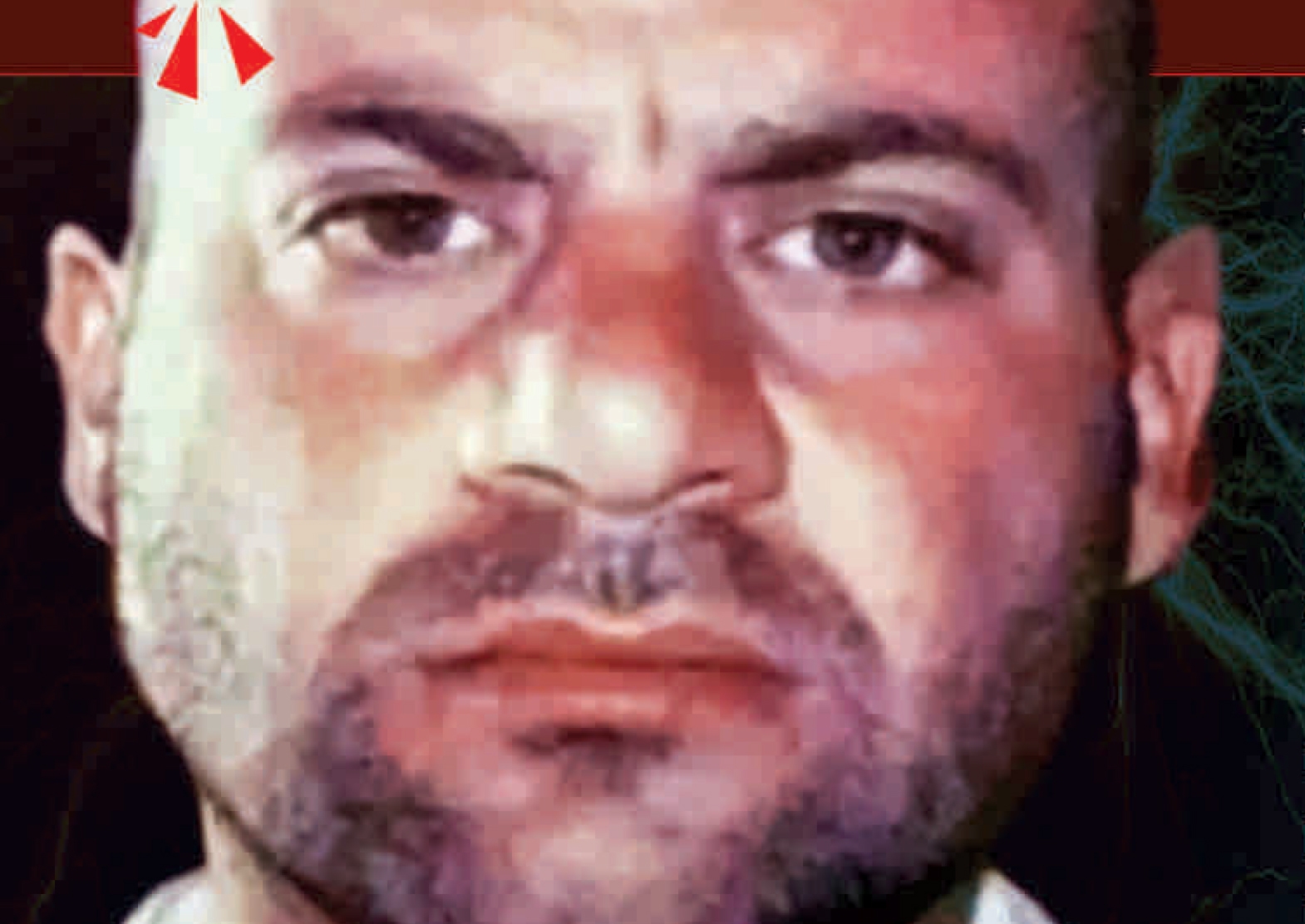Islamic State's 'canary caliph' gave intelligence to US in 2008, documents claim

The current leader of the Islamic State (IS) group reportedly gave information to US officials in 2008 that led to the deaths of several al-Qaeda members, documents released by the US government claim.
The files, released on Thursday, suggest Muhammad Sa'id Abdal-Rahman al-Mawla gave US forces the names of 68 al-Qaeda fighters and the structure of al-Qaeda in Mosul, Iraq, after he was arrested in 2008 and detained at Camp Bucca.
Three Tactical Interrogation Reports (TIR) released by the Combating Terrorism Centre (CTC) allege that Mawla, who at the time was an al-Qaeda judge, identified leading figures behind assassinations, kidnappings and the production of improved explosive devices which were used to kill coalition forces.
One of the persons named by Mawla was Abu Jasim Abu Qaswarah, thought to be the second-in-command of al-Qaeda in Iraq at the time. He was killed by US forces eight months after Mawla identified him as a member of the group.
Based on the redacted documents, Mawla provided details on "all key Emir positions" and said he had been appointed to leader of "Islamic" law for the city of Mosul, a role in which he had to authorise all media output to ensure it adhered to their interpretation of sharia principles.
"This position would have put al-Mawla at the center of several activities that extend well-beyond preaching and teaching classes, as the 'correct' interpretation of Islamic law plays a critical role in military, media, and personnel matters within the group," the CTC report said.
In total, Mawla had named approximately 88 individuals in the three reports. The CTC noted that there was a total of 66 TIRs on the IS leader.
In the documents released by the West Point-based think tank, Mawla reportedly admitted knowledge of executions and assassinations carried out by the emerging Islamic State (IS) in Iraq.
'Islamic State has a rat problem'
Haroro Ingram, a senior research fellow at George Washington University's programme on extremism, said the documents would "really shake trust" in the leadership of the IS group.
"What the documents potentially reveal is that the Islamic State has a rat problem. And it's at the top. You’ve essentially got the canary caliph sitting there," he said during a webinar hosted by the CTC.
Despite US President Donald Trump saying that the IS group was defeated earlier this year, security experts believe it is still not a spent force and that they have inspired attacks across the world.
Gina Ligon, an organisational psychologist, said the documents showed "a lot of punitive language" suggesting Mawla held grudges easily.
'What the documents potentially reveal is that the Islamic State has a rat problem. And it’s at the top. You've essentially got the canary caliph sitting there'
- Haroro Ingram, senior research fellow at George Washington University
He likely viewed people as "expendable resources that he could discard [and no more than] cogs in a greater machine", she said.
"They were key to his release so he gave them up," Ligon said. "This is a distant leader who will callously give people up when they are no longer of use to him."
According to the documents, Mawla was arrested in 2008 by US forces and interrogated at Camp Bucca - a facility in Umm Qasr, southern Iraq, where Abu Bakr al-Baghdadi was also incarcerated. Several officials have since referred to it as a "Jihadi university" because of the training provided there.
The CTC said that Mawla was released in 2009 and only came to prominence earlier this year when he became the leader of the IS group following the death of Baghdadi in October.
Mawla, 43, known also as Abdullah Qardash or Hajj Abdullah, is thought to be in hiding in Syria. He is still a target of the US-led coalition.
The US put a $5m bounty on his head last year, and on two other high-ranking IS members.
He is described as an Islamic scholar, although some IS members question whether he has the religious credentials to be leader of the group.
Middle East Eye propose une couverture et une analyse indépendantes et incomparables du Moyen-Orient, de l’Afrique du Nord et d’autres régions du monde. Pour en savoir plus sur la reprise de ce contenu et les frais qui s’appliquent, veuillez remplir ce formulaire [en anglais]. Pour en savoir plus sur MEE, cliquez ici [en anglais].





